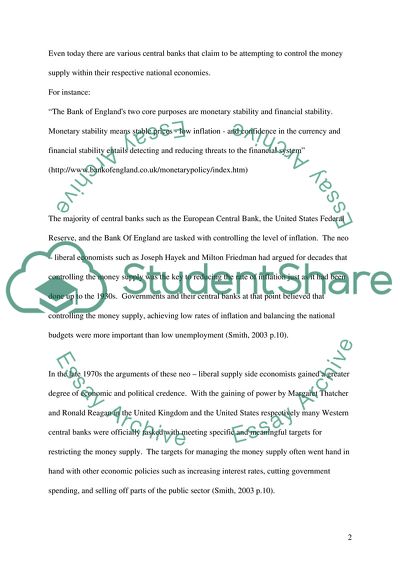Cite this document
(Setting Targets for the Money Supply Term Paper, n.d.)
Setting Targets for the Money Supply Term Paper. Retrieved from https://studentshare.org/finance-accounting/1719152-explain-why-most-central-banks-ceased-setting-targets-for-the-money-supply-in-the-mid-1980s-and-discuss-whether-you-think-there-might-still-be-a-role-for-such-targets
Setting Targets for the Money Supply Term Paper. Retrieved from https://studentshare.org/finance-accounting/1719152-explain-why-most-central-banks-ceased-setting-targets-for-the-money-supply-in-the-mid-1980s-and-discuss-whether-you-think-there-might-still-be-a-role-for-such-targets
(Setting Targets for the Money Supply Term Paper)
Setting Targets for the Money Supply Term Paper. https://studentshare.org/finance-accounting/1719152-explain-why-most-central-banks-ceased-setting-targets-for-the-money-supply-in-the-mid-1980s-and-discuss-whether-you-think-there-might-still-be-a-role-for-such-targets.
Setting Targets for the Money Supply Term Paper. https://studentshare.org/finance-accounting/1719152-explain-why-most-central-banks-ceased-setting-targets-for-the-money-supply-in-the-mid-1980s-and-discuss-whether-you-think-there-might-still-be-a-role-for-such-targets.
“Setting Targets for the Money Supply Term Paper”, n.d. https://studentshare.org/finance-accounting/1719152-explain-why-most-central-banks-ceased-setting-targets-for-the-money-supply-in-the-mid-1980s-and-discuss-whether-you-think-there-might-still-be-a-role-for-such-targets.


